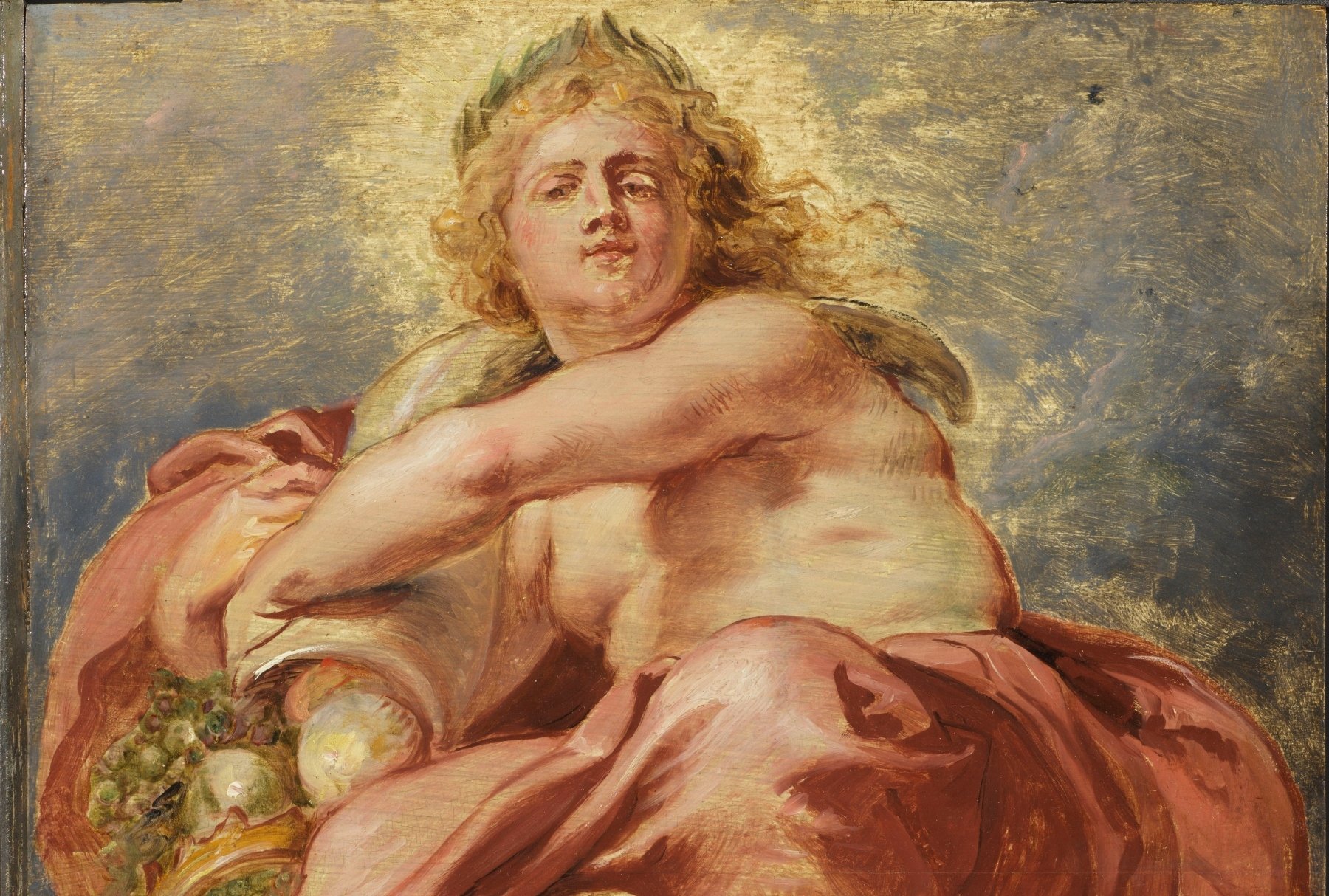
The U.K.’s Spoliation Advisory Panel has decided that three paintings by Peter Paul Rubens should remain in the collection of the Courtauld Institute in London. In a report published earlier this week, it outlined its review of three separate ownership claims made on the disputed works.
The three paintings in question are St Gregory the Great with Ss Maurus and Papianus and St. Domitilla with Ss Nereus and Achilleus (1606-07), The Conversion of St. Paul (c.1610-12), and The Bounty of James I Triumphing Over Avarice, for the ceiling in the Banqueting House, Whitehall (c. 1632).
They were once held in the collection of the German banker Franz Wilhelm Koenigs, but in the 1930s he began using his extensive art collection to secure loans from the Dutch bank N.V. Bankierskantoor Lisser & Rosenkranz. In 1940, the bank went into voluntary liquidation shortly before Nazi’s invasion of the Netherlands. Rather than pay his debts, Koenigs gave over ownership of the Rubens and other works to the bank.
The paintings were sold to the art historian Count Antoine Seilern who took them to England and gave them to the Courtauld. Decades later, multiple heirs of the bank’s shareholders have fought to recover ownership of the three valuable masterpieces.
School of Peter Paul Rubens, Bounty of James I triumphing over Avarice (1632-33). Photo: © The Courtauld.
One of the claimants is Koenigs’s granddaughter Christine Koenigs, who has previously tried to recover the painting from the same U.K. panel in 2007 and from the Dutch government’s equivalent advisory panel in 2003, 2013, and 2022. Acting on behalf of a group of seven heirs, she is now making a claim on the basis of Koenig’s 2.4 percent shares in the bank.
Another claimant is Mr. Gal Flörsheim, who is making two claims, one as the sole heir of one of the bank’s main shareholders, Salomon Jakob Flörsheim, and the other in partnership with Mr. Dolev. Both have been appointed as co-liquidators of the bank. All three claims are similar enough to be considered together.
In its argument for the Rubens works remaining in the U.K., the panel said that Koenigs decided to use the paintings to secure a loan and, therefore, lost his right to them when the bank went into liquidation. This was said to have happened “voluntarily” for financial reasons unrelated to the Nazi invasion. After this, Seilern paid a fair price for them.
The panel also noted that at the same time that Koengis used the paintings as collateral for a bank loan, he also loaned them to the Museum Boymans, where he had intended for them to remain. For this reason, the advisors decided that the paintings being currently on public display at the Courtauld was suitably “in line with the wishes of Franz Koenigs.”